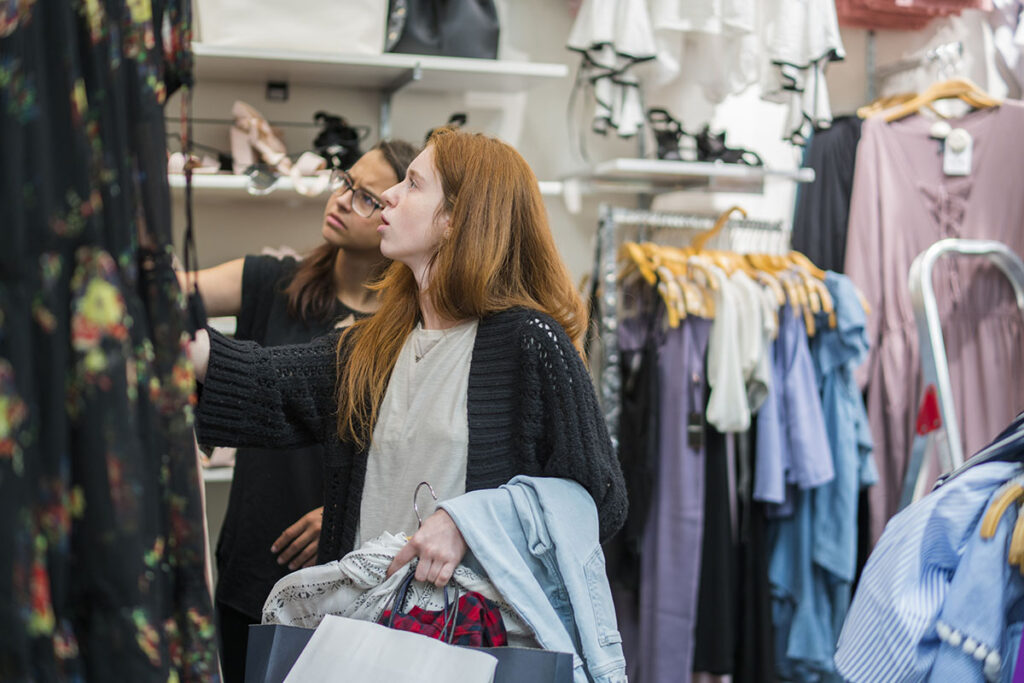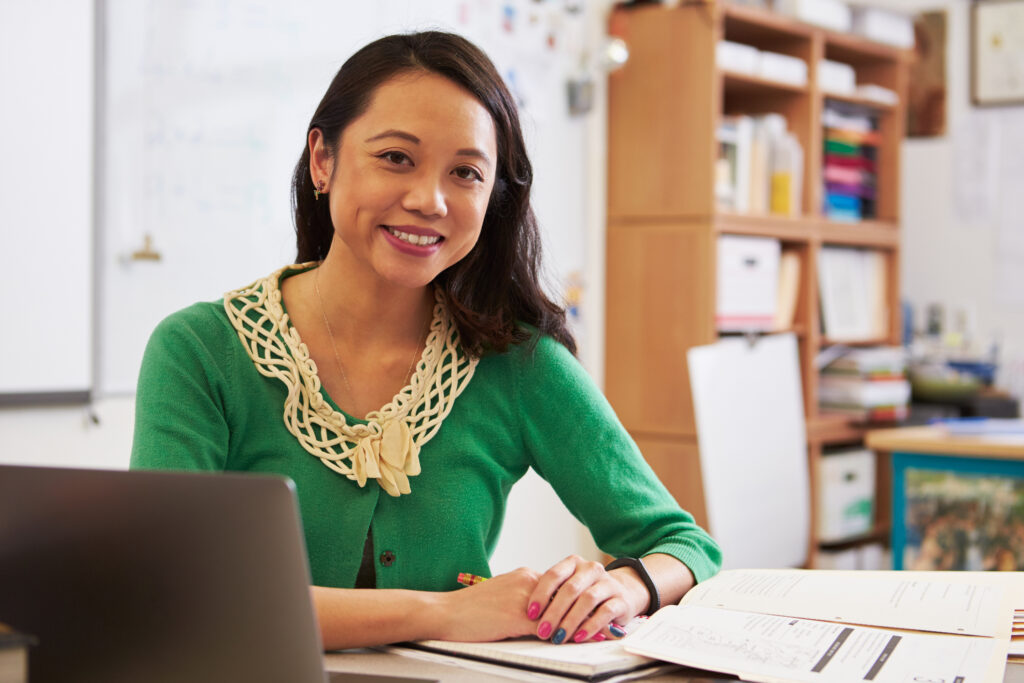Students begin by exploring how consumer goods in their everyday lives produce greenhouse gases that contribute to climate change. Students investigate a variety of consumer goods, like water bottles and electronics. This prompts students to wonder about the steps of a consumer good’s life cycle: extraction of raw materials, manufacturing, transportation, use, and waste. Students investigate chemical reactions that occur during consumer goods’ life cycles, including the combustion of fossil fuels, that produce gases that enter the atmosphere. Simulations allow students to observe how greenhouse gases contribute to the recent increase in Earth’s average surface temperatures.
Using mathematical representations, students calculate which consumer good life cycle contributes the most greenhouse gases to the atmosphere. Students use engineering principles to explore solutions for greenhouse gas emissions in the consumer good life cycle. The unit culminates with students redesigning one or more steps in the life cycle of consumer goods and creating a plan to implement their solution.

“For my students who may not engage with abstract concepts, the real-life relevance of turning waste into soil for growing plants offers a clear, meaningful goal that they can understand and feel proud to participate in.”
“My kids have said, ‘Oh good, I like doing this,’ when we were starting the lesson each day. It’s a great topic. I also think it has made them more curious and do their own research.”
“There is something for all different kinds of learners. We are moving spaces, drawing, talking in big and small groups, writing. Some of my kiddos who would have been disengaged quite possibly the entire time were engaged in at least two or more parts of this lesson.”
“WOW! What incredible and engaging lessons to do with my students. They loved this opportunity to be scientists, explore and think about the food they eat, and I loved the ways that they began to model. I am so excited about these lessons and cannot wait to share them with my coworkers.”
“This is engaging because it uses real data about the state students live in and shows changes within their lifetime, like the rise of warehouses and trucking during the pandemic.”
“What I find interesting is that students are discussing the material outside of class time. I heard students discussing the ideas before class in the hallways and even during lunch periods.”
“I heard comments like, ‘I didn’t realize how much climate change affects my community,’ and, ‘This project made me think about what I can do to help.'”
“I love how the data was more interactive and chunked into smaller pieces. I also like how there was a way to bring all the knowledge and wondering back to come up with a conclusion to the problem.”
“Every lesson was so thoroughly designed, the case study design book was beautifully organized, and it helped to give my class a real-life understanding of how college/graduate-level academic research works. Being able to connect their research back to environmental issues they actually experience was simply icing on the cake. Well done!”
“When you’re out in the workforce, you’re trying to solve problems that don’t have a clear, immediate answer. So doing stuff like this helps give students practice.”
“The kids become more engaged because now they are actually actively doing things. They’re really having to look for themselves. It’s not given to them on a platter, but all the resources are right there.”
“They’ve never thought about stuff like this before, and now they’re sharing it. One girl said this was the only class that she went home and talked to her parents about.”

Sylvie Kademian, Curriculum Developer
Jenny Kostka, Curriculum Developer
Susan Lyons, Curriculum Developer
Josh Paschedag, Curriculum Developer
Crystal Howe, San Diego COE
Kelly Meade, Long Beach USD
Milton Reynolds, Steering Committee
Mackenzie Clark, Curriculum Developer
Matt Ellinger, Designer
Sara Krauskopf, Curriculum Developer
Stacey Lane, Illustrator
Ladie Malek, Development Editor
Roger Palmer, GIS Etc
Sofia Safranek, Ten Strands
Rachel Weisbrot, Ten Strands
Craig Manges, Lemoore Union HSD